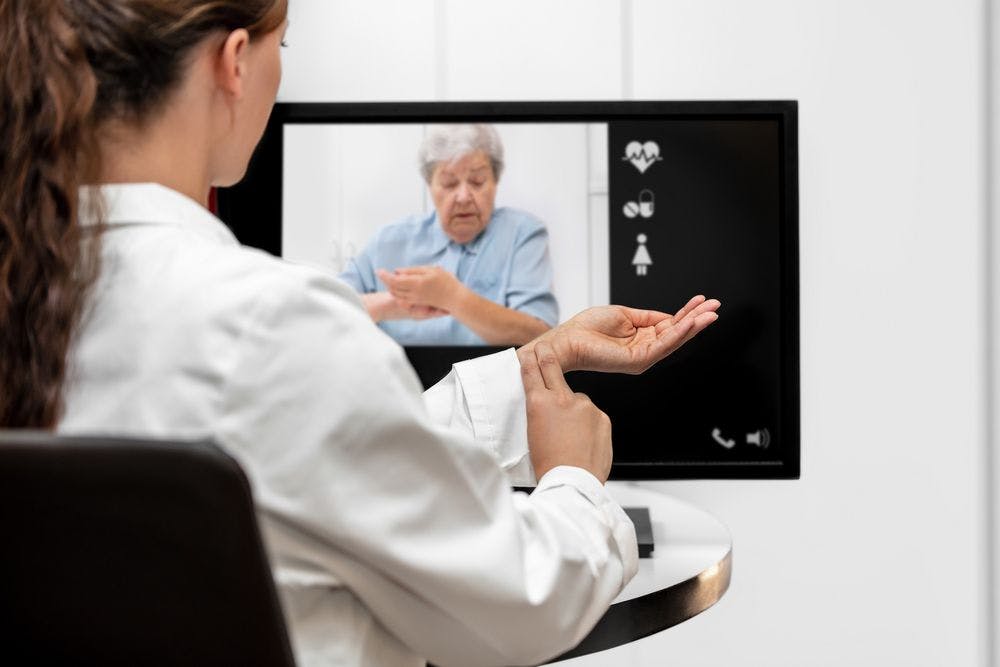The Impact of Telemedicine and Virtual Healthcare on Access to Care

The Impact of Telemedicine and Virtual Healthcare on Access to Care
The world of healthcare is rapidly changing, and the introduction of telemedicine and virtual healthcare has had a profound impact on access to care. Telemedicine and virtual healthcare are two terms that are often used interchangeably, but they have distinct differences. Telemedicine is the use of technology to provide medical services remotely, while virtual healthcare is the use of technology to provide medical services without a physical visit. Both telemedicine and virtual healthcare have revolutionized the way people access medical care, making it easier for patients to receive quality care from anywhere in the world.
Telemedicine has been around for decades, but it has only recently become more widely available due to advances in technology. With telemedicine, patients can connect with their doctor or other health care provider via video conferencing or telephone calls. This allows them to receive medical advice without having to leave their home or office. It also eliminates the need for long waits in waiting rooms or long drives to a doctor’s office.
Virtual healthcare is a relatively new concept that has been gaining traction in recent years. Virtual healthcare allows patients to access medical services without ever leaving their home or office. Patients can connect with their doctor via video conferencing or telephone calls and receive medical advice without ever having to leave their home or office. This eliminates the need for long waits in waiting rooms or long drives to a doctor’s office.
The introduction of telemedicine and virtual healthcare has had a significant impact on access to care for many people who may not otherwise have access due to geographical location, financial constraints, lack of transportation, or other factors. Telemedicine and virtual healthcare allow patients who may not be able to physically visit a doctor’s office due to distance or disability the ability to still receive quality care from anywhere in the world.
Telemedicine and virtual healthcare also offer numerous benefits for both patients and providers alike. For patients, telemedicine and virtual healthcare offer convenience as they can receive medical advice from anywhere at any time without having to leave their home or office. Additionally, these services can reduce wait times as there is no need for an appointment at a physical location; instead, appointments can be made online quickly and easily with minimal wait times.
For providers, telemedicine and virtual healthcare offer numerous advantages as well including increased efficiency as they can see more patients in less time; improved patient satisfaction as they are able to provide more personalized care; reduced costs associated with travel expenses; improved patient outcomes due increased communication between provider and patient; increased revenue potential through expanded service offerings; improved continuity of care through follow-up visits; improved patient engagement through remote monitoring capabilities; increased flexibility when scheduling appointments; improved data collection capabilities through electronic health records (EHRs); improved collaboration between providers across multiple locations; reduced paperwork associated with traditional visits; improved access for rural populations who may not have easy access to traditional health care services; increased accessibility for those with disabilities who may not be able to physically visit a provider’s office; increased privacy as all communications are secure over encrypted networks; reduced risk of infection transmission due lack of physical contact between provider and patient during visits; improved continuity of care through follow-up visits via video conferencing or telephone calls; improved accuracy when diagnosing conditions due ability for providers view images remotely such as x-rays or ultrasounds taken at another location; reduced costs associated with travel expenses such as gas money spent driving back-and-forth from appointments at physical locations; increased revenue potential through expanded service offerings such as remote consultations with specialists located elsewhere in the country/world who may not be available locally.; improved data collection capabilities through electronic health records (EHRs); improved collaboration between providers across multiple locations by allowing them share information quickly electronically rather than relying on paper records which take longer transmit.; reduced paperwork associated with traditional visits by eliminating need fill out forms manually.; improved access rural populations who may not have easy access traditional health care services by allowing them connect providers located elsewhere.; increased accessibility those disabilities who may not be able physically visit provider’s office by allowing them connect remotely.; increased privacy all communications secure over encrypted networks.; reduced risk infection transmission lack physical contact between provider patient during visits.; improved continuity care follow-up visits video conferencing telephone calls.; improved accuracy diagnosing conditions ability providers view images remotely x-rays ultrasounds taken another location.; reduced costs associated travel expenses gas money spent driving back-and-forth appointments physical locations.; increased revenue potential expanded service offerings remote consultations specialists located elsewhere country/world may not available locally..
Overall, telemedicine and virtual healthcare have revolutionized how people access medical care by providing convenient options that allow them receive quality care from anywhere in the world without having leave their home or office. These technologies offer numerous benefits both patients providers alike including convenience cost savings better outcomes greater collaboration enhanced privacy security greater accessibility rural populations those disabilities greater accuracy diagnosing conditions expanded service offerings data collection capabilities reduced paperwork risk infection transmission continuity follow-up visits flexibility scheduling appointments revenue potential etc.. As technology continues evolve so too will opportunities expand improve upon current models telemedicine virtual health making even easier people around world gain access quality affordable timely efficient health care regardless where live..

